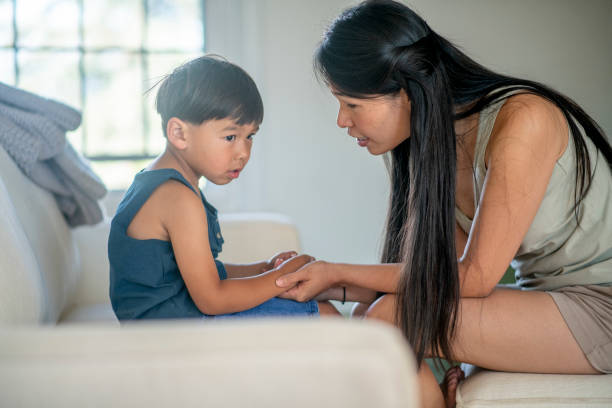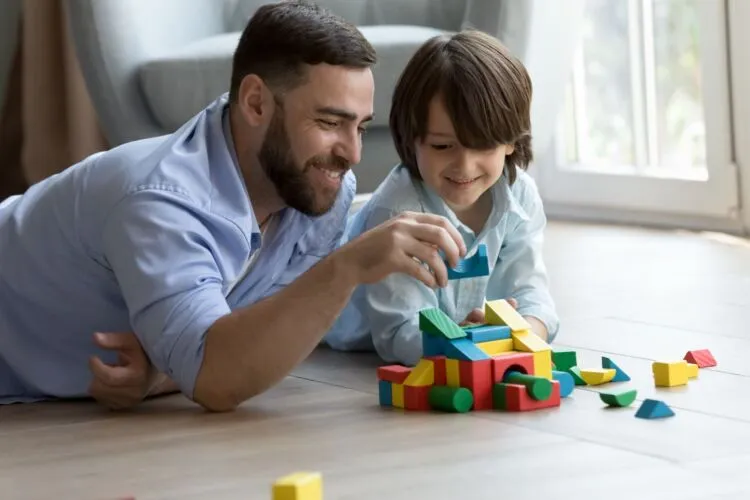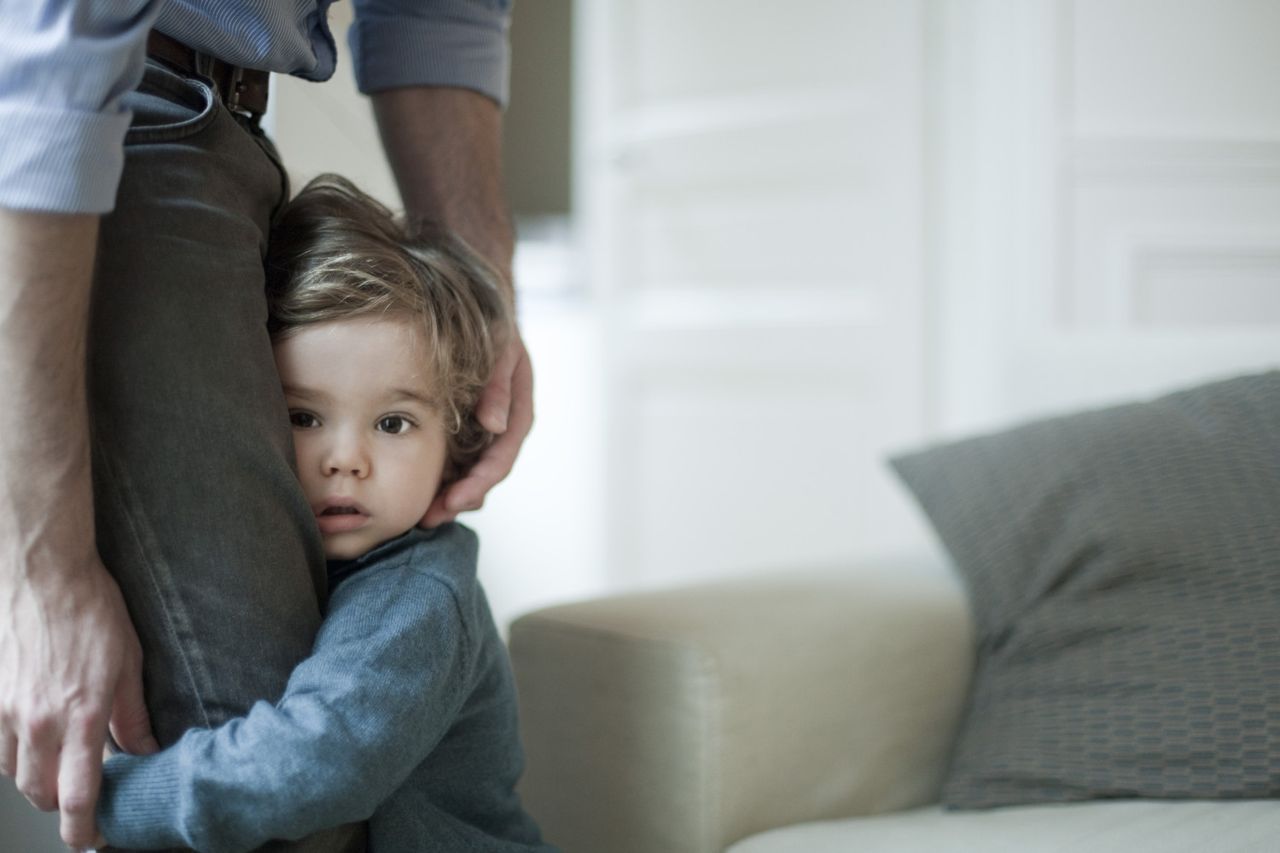
Every moment a child lives through—be it joyful, painful, or seemingly trivial—becomes part of their emotional blueprint. These experiences don’t simply fade with time; they form the core of how a person feels, reacts, and connects with others throughout life. Whether it’s a nurturing hug from a parent or the absence of emotional support during stress, how childhood experiences shape emotional development is a vital question at the heart of psychology.
Experts agree that to understand adult behavior, one must trace its roots back to childhood. Emotional habits, from empathy and patience to anxiety and withdrawal, often stem from these earliest experiences.
1. Emotional Foundations Start in Infancy
From the moment of birth, infants begin absorbing emotional cues—tone of voice, facial expressions, body language. Responsive caregiving in this early stage builds trust and emotional security. If a baby cries and someone consistently soothes them, the child learns that emotions are valid and that the world is safe.
On the other hand, unpredictable or neglectful environments activate the stress response system. The National Institute of Child Health and Human Development (NICHD) confirms that chronic early stress can wire the brain for hypervigilance, shaping how children respond to emotion well into adulthood.
This highlights one of the clearest ways how childhood experiences shape emotional development—through foundational interactions that determine the brain’s emotional wiring.
2. The Role of Attachment: Safe or Shaky Ground?
Attachment theory, pioneered by Bowlby and Ainsworth, shows that the quality of early relationships with caregivers has a lasting effect. Children who experience dependable emotional support are more likely to grow into emotionally resilient adults.
Securely attached children tend to regulate emotions better, form deeper relationships, and recover faster from stress. In contrast, those with insecure attachment may struggle with intimacy, self-worth, and emotional regulation.
A child’s internal message becomes, “Am I safe to express myself?” That answer, based on early caregiving, becomes a silent compass for future emotional decisions.
3. Home Life as an Emotional Classroom
The home is where emotions are modeled—spoken or unspoken. When parents validate feelings (“It’s okay to cry,” or “I see you’re upset”), children learn that emotions are normal and manageable.
But in households where emotions are dismissed, punished, or ignored, children often internalize emotional suppression. This teaches them that certain feelings—like sadness or anger—are dangerous or shameful.
This pattern illustrates how childhood experiences shape emotional development through learned emotional expression. Homes that foster emotional awareness build emotionally literate adults.
4. Toxic Stress and Emotional Overload
Childhood stress doesn’t need to be dramatic to be damaging. Long-term exposure to arguments, financial insecurity, or lack of routines can quietly erode emotional stability.
The American Psychological Association reports that chronic stress can leave children in a constant state of emotional alertness. This means small frustrations can feel overwhelming, and calming down becomes harder.
Even without visible trauma, emotional dysregulation can emerge when children grow up without healthy emotional co-regulation from adults.
5. Trauma: The Emotional Earthquake
Trauma in childhood—whether from abuse, neglect, or sudden loss—alters the emotional trajectory significantly. The child’s brain shifts into survival mode, often producing long-term patterns of anxiety, mistrust, or dissociation.
However, trauma does not define destiny. With the right support systems—therapy, emotional safety, and care—children can recover and rewire. This duality powerfully demonstrates how childhood experiences shape emotional development for both harm and healing.
6. The Power of Play in Emotional Maturity
Play isn’t just entertainment—it’s emotional training. Through imaginative play, children simulate social interactions, experiment with fear and safety, and rehearse empathy and problem-solving.
According to the Child Mind Institute, pretend play helps children understand feelings, resolve conflict, and develop emotional intelligence. Activities like role-play or storytelling allow children to explore identity and emotion without risk.
This is why fairy tales and imaginative games aren’t just cultural rituals—they’re essential tools for emotional literacy. As discussed in this MaxMag article on fairy tales and child psychology, stories give children emotional metaphors to navigate separation, fear, and belonging.
7. Parenting Styles: Blueprint for Emotional Response
Parenting is a silent curriculum that teaches children how to feel and behave. Psychologists categorize parenting into four main styles:
-
Authoritative: Balanced guidance and warmth; encourages emotional resilience
-
Authoritarian: High control, low warmth; fosters obedience but emotional suppression
-
Permissive: High warmth, low boundaries; may lead to emotional confusion
-
Neglectful: Low warmth and low control; often results in emotional detachment
The way parents handle tantrums, disappointment, or misbehavior communicates emotional norms. This modeling is a key method through which how childhood experiences shape emotional development manifests.
8. School: Emotional Navigation Beyond the Home
School is a social crucible. It introduces conflict resolution, peer competition, and exposure to emotional diversity.
Classrooms that integrate Social and Emotional Learning (SEL) programs foster greater self-awareness, empathy, and cooperation. Students in such environments often have better academic outcomes and emotional health.
Without guidance, however, school can become a place of bullying, comparison, and emotional withdrawal—another lens through which early experiences continue shaping emotional growth.
9. Emotional Repair: Teaching Resilience Through Mistakes
Children don’t need perfect parents—they need responsive ones. When adults apologize, validate, and reconnect after conflict, they teach emotional repair. This tells children: “Mistakes happen, but connection remains.”
Research shows that children who witness emotional repair develop more trust, security, and emotional agility. This ability to bounce back becomes the foundation of resilience.
10. The Adolescent Shift: Depth and Identity
As children grow into teens, emotions deepen. Identity questions, peer dynamics, and future pressure bring complexity.
Teens who experienced emotional support in earlier years navigate adolescence with more clarity and confidence. Those who didn’t may struggle with mood swings, self-image, and risky behavior.
This phase offers a second chance to reshape emotional patterns—showing again how childhood experiences shape emotional development across life stages.
11. Into Adulthood: Echoes and Opportunities
Childhood echoes into adulthood. Emotional habits—how one copes, trusts, or expresses—often reflect early lessons.
Adults with a stable emotional foundation tend to form healthier relationships, regulate mood better, and manage stress more effectively. But change is always possible. Therapy, mindfulness, and introspection can rebuild what was missing or broken.
✅ Practical Tips for Emotional Development
-
Be Present: Children value presence more than perfection
-
Label Emotions: “You seem upset” opens the door to emotional dialogue
-
Stay Calm: Model regulation during conflict
-
Validate Feelings: Never dismiss emotional expression
-
Promote Imagination: Storytelling and play boost empathy and resilience
-
Repair Quickly: Apologize and reconnect after emotional rupture
❓ FAQ: How Childhood Experiences Shape Emotional Development
Q1: When does emotional development begin?
A: At birth. Even newborns absorb emotional cues from caregivers.
Q2: Can childhood trauma be healed?
A: Yes. With therapy, support, and safe relationships, emotional healing is very possible.
Q3: Why is play important for emotions?
A: Play allows safe rehearsal of emotional roles and builds empathy and self-regulation.
Q4: Do schools help with emotional development?
A: Absolutely. Schools with SEL programs show improved emotional skills and fewer behavioral issues.
Q5: How can parents support emotional growth?
A: By being emotionally available, modeling calm behavior, validating emotions, and engaging in play.





